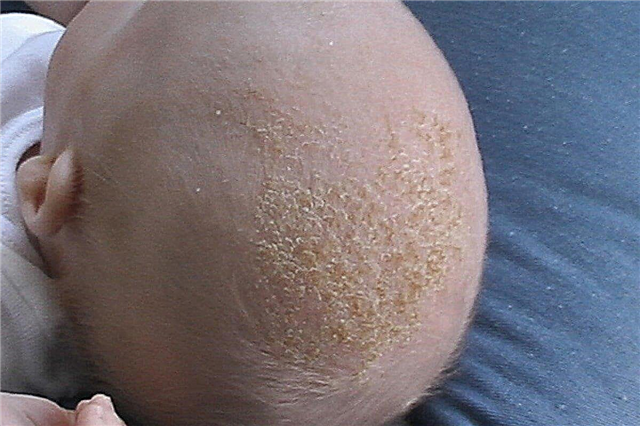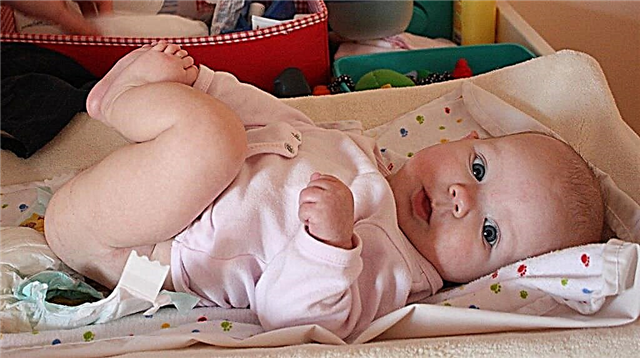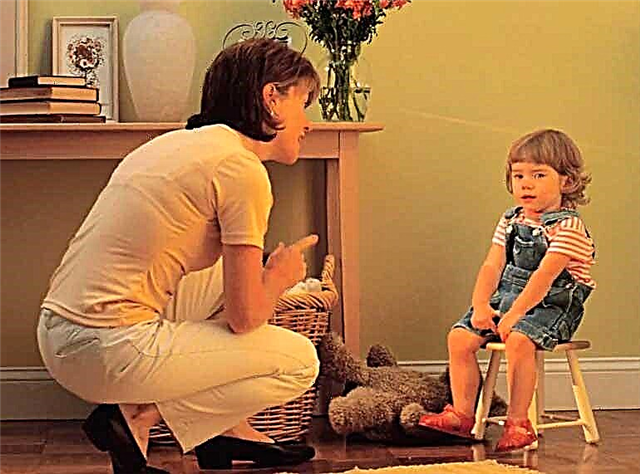Pharyngitis as an independent disease is quite rare in children, usually a symptom of a viral infection.
What happens to our throat with pharyngitis? Our throat has 3 sections: upper, middle and lower. When the infection affects the mucous membrane of the upper part, it becomes inflamed and irritated, the child begins to suffer: dry throat, severe sore throat, pain during swallowing, hoarseness, hoarseness.

The reasons for the development of pharyngitis in childhood
- the most common are viral pharyngitis - more than 50%, respiratory viruses (influenza, parainfluenza, adeno- and rhinoviruses) usually cause pharyngitis. But there are also bacterial pharyngitis (stepto-, staphylo- and pneumococci), which are more often complicated by other diseases. Fungi can also be the cause;
- there are also pharyngitis associated with physical damage to the pharyngeal mucosa;
- also pharyngitis appears due to daily inhalation of dust;
- pharyngitis associated with allergies;
- in children, pharyngitis often appears due to chronic adenoiditis, when the discharge, flowing down the back of the pharynx, constantly irritates its mucous membrane. When there is a cooling of the pharynx with the use of cold lemonades, ice creams, local immunity decreases, and due to this, pharyngitis develops;
- often pharyngitis becomes a secondary disease against the background of gastroesophageal reflux, when the gastric contents are thrown into the pharynx, and it is burned.
The main and specific symptoms of pharyngitis in children
If pharyngitis is an independent disease, then the body temperature does not rise. The temperature will rise if the underlying disease is a viral infection, and its symptom is pharyngitis. With viral pharyngitis, the back of the pharynx is very bright, its edema is noted. With a bacterial or fungal infection, the back wall also turns red, but white-yellow spots appear on the tonsils, an unpleasant odor. It is also possible to enlarge the submandibular and anterior cervical lymph nodes, they become painful when felt.
Cough with pharyngitis is usually low-productive dry. It usually occurs on the 2nd day after the infection of the child. Then a runny nose appears. The first 2 to 3 days, the cough is due to reflex irritation of the dry throat. If there is a severe swelling of the throat, the pain can be transmitted to the ears and a feeling of congestion will appear.

Babies tolerate pharyngitis worse - there is an aggravation of health due to general symptoms: fever, poor sleep, refusal to eat, severe salivation, regurgitation, runny nose, conjunctivitis.
Symptoms of allergic pharyngitis are rhinitis or swelling of the nasal mucosa.
Complications of a viral infection can be tonsillitis, tracheitis, laryngitis, pneumonia.
Differences between viral pharyngitis and angina
| Sign | Viral pharyngitis | Angina |
| Sore throat | moderate | strong |
| Tonsils | normal | increase |
| Lymph nodes | normal | increase |
| Runny nose | there is | no |
What are the features of chronic pharyngitis?
Diagnosis criteria
- the doctor collects complaints, medical history;
- the doctor carries out pharyngoscopy - visually examines the pharynx, in which the condition of the mucous membrane of its back wall is assessed;
- laboratory tests: clinical blood test;
- to determine the causative agent of the disease, the doctor prescribes a smear from the throat to isolate microflora, its sensitivity to antibiotics; or PCR;
- with recurrent pharyngitis:
- endoscopic examination of the nose and nasopharynx;
- consultation with an allergist (to exclude an allergic cause of the disease);
- consultation with a gastroenterologist (to exclude reflux disease).
How to properly examine the throat in children
For a thorough examination of the throat, daylight or artificial light is not enough; you should resort to a flashlight or lamp with a warm light. To examine the throat, you need a wooden spatula or something that resembles it, such as a spoon handle. It is necessary to press not on the root, but on the end or middle of the tongue.
Picture of acute pharyngitis: inflammation of the soft palate, the presence of red pharyngeal walls and an increase in lymphoid follicles on the back of the pharynx. If the back wall is loose, there is also an increase in follicles, but there is no noticeable redness, then this symptom speaks of chronic pharyngitis. If the back wall has a thinned dryish appearance, it is pale, vessels are visible on it, then this atrophic pharyngitis.

Pharyngitis treatment in children
First of all, parents should go to the pediatrician. If cases of pharyngitis recur, if not all symptoms disappear after the therapy, you should go to the otorhinolaryngologist.
General recommendations
1. Home mode.
2. Avoid contact with infectious patients.
3. Compliance with the rules of personal hygiene: personal dishes, personal towels.
4. Warm, light meals.
Diet for pharyngitis
Refusal from seeds and products containing them. From nuts and products containing them. Cold lemonades, from very sour, very cold, very hot, smoked, peppery and salty, because all this irritates the pharyngeal mucosa.
5. Airing and wet cleaning.
6. Since the main symptom is a feeling of dryness of the throat, it must be constantly moisturized. Therefore, an abundant warm drink is prescribed: berry fruit drinks, tea with lemon, milk with honey and butter, mineral water, without gas.
Complex treatment helps more effectively with pharyngitis. Children should gargle and water their throats and suck up pills.
7. Treatment is determined by the source of the disease. Antibiotics for pharyngitis are not indicated if a bacterial infection has not joined and a complication has not developed. With a viral infection, antiviral drugs should be started (Anaferon, Ergoferon, Isoprinosine, Ingavirin). With a fungal infection, antifungal drugs are prescribed.
8. Children over 3 years old need to often gargle with antiseptic solutions: Miramistin, Chlorhexedin, furacilin, chlorophyllipt alcohol solution. Repeat every 2 hours.
If there is no allergy, you can use herbal decoctions for rinsing (chamomile, calendula, sage, propolis tincture). The solution should be prepared at the rate of 10 grams of dry matter per glass of boiled water. Gargle for 5 minutes every hour.
The most effective treatment for pharyngitis is complex, the use of some folk remedies often gives complications. Children with allergies should be careful to give iodine and honey containing medications.
9. Local irrigation of the throat with antiseptic solutions and antibacterial agents in the form of an aerosol. Sprays are used: Miramistin, Ingalipt, Tantum-Verde, Cameton, Hexoral. It is important to alternate rinsing with sprays, as the rinsing does not reach the back of the throat, and the spray does it.
10. Tablets for resorption: Lizobact, Gramidin, Strepsils, Faringosept. It should be absorbed 30 minutes before or 30 minutes after eating and in between other methods of throat treatment.
11. Moisturizing the mucous membrane of the oropharynx using a nebulizer: you can independently use nat. solution.
12. When coughing, it is better to use herbal syrups (Herbion - plantain syrup, Linkas, Bronchipret). If the cough is dry, severely torments the child, does not let him fall asleep, you can give an antitussive drug (Sinekod, Stoptussin, Codelac Neo).
13. With pharyngolaryngitis, it is prescribed:
- voice peace;
- restriction of communication, exclude whispering, shouting, telephone conversations.
If the child has a tendency to laryngospasm, the inhaler should be in the house so that the parents can inhale the glucocorticoid themselves (Pulmicort, Budenit) in case of stenosis (Pulmicort, Budenit) until the ambulance arrives.

- antihistamines to relieve swelling.
In the case of acute pharyngitis, children usually recover in 7 to 14 days. Chronic pharyngitis in children should either be treated regularly symptomatically or surgically treated. With obvious hyperplasia of lymphoid tissue, laser cauterization of granules, radio wave treatment, cryotherapy is performed.
If pharyngitis recurs often or does not heal for a long time, this is an indicator for finding the real causes of the disease, in addition, pharyngitis is rarely an independent disease, and often concomitant diseases are adenoiditis, tonsillitis, gastroesophageal reflux disease.
Pharyngitis prevention
Prevention of pharyngitis consists of hardening, enhancing immunity, vaccinating against infections, creating an optimal microclimate in the house, and complete food rich in vitamins. Sanitation of foci of chronic infection: caries, chronic tonsillitis, treatment of diseases of the gastrointestinal tract.
Remember that you should not be treated on your own, know that only a doctor, after a professional examination, prescribes a medicine, taking into account all the characteristics of the child.




